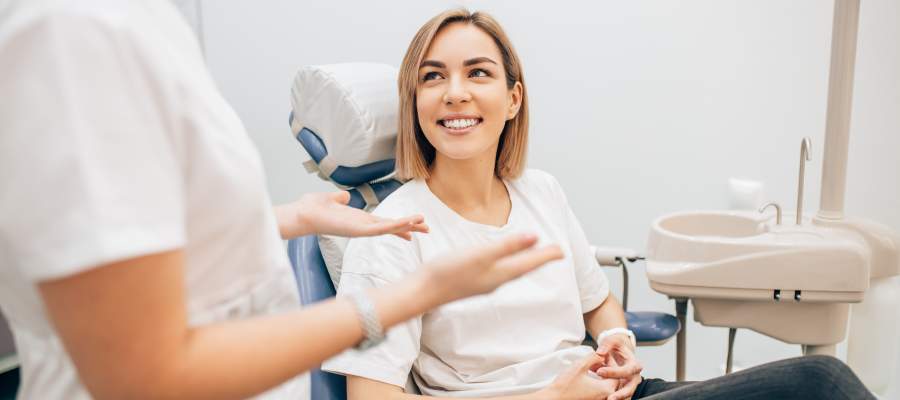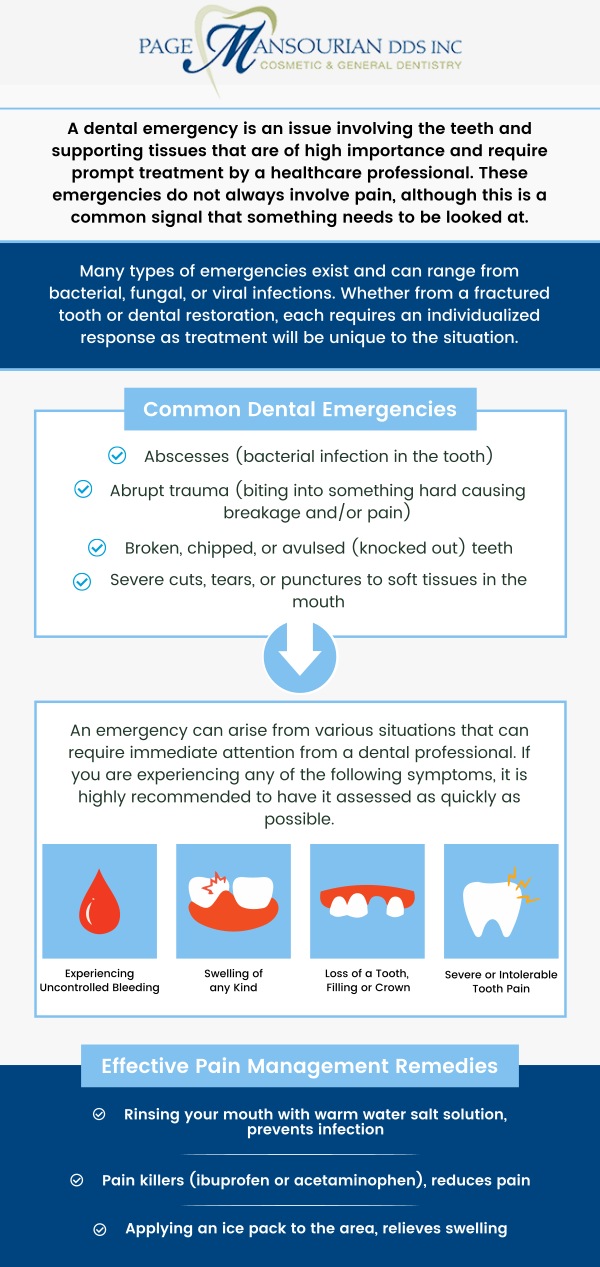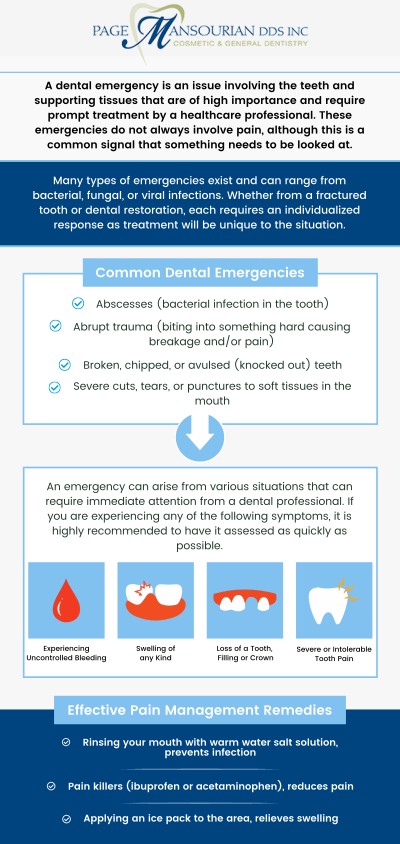Home » Camarillo CA Dental Emergency Clinic
You cannot copy content of this website, your IP is being recorded
What Is a Dental Emergency and Where To Go for Care Q&A
A dental emergency typically involves extreme pain, injury, or damage to the jaw, teeth, or gums that need to be treated right away to minimize discomfort and stop more issues. If the issue is severe, visit Dr. Page Mansourian, D.D.S., and his team of dental specialists for treatment. For more information, contact us or request an appointment online. We are conveniently located at 4015 Mission Oaks Blvd, Suite A Camarillo, CA 93012.

Additional Services You May Need
*In case of a life threatening emergency, immediately call 911.
**For any medical procedures, patients may respond to treatment differently, each patients results may vary.
***Information on this site is not intended or implied to be a substitute for professional medical advice, diagnosis or treatment. All content contained on or available through this site is for general information purposes only.
****By using this website and sending us your information, you are giving us permission to contact you by electronic and non-electronic means. We also track the conversions and collect user data to improve marketing.
*****If you are vision-impaired or have some other impairment covered by the Americans with Disabilities Act or a similar law, and you wish to discuss potential accommodations related to using this website, please contact us.













